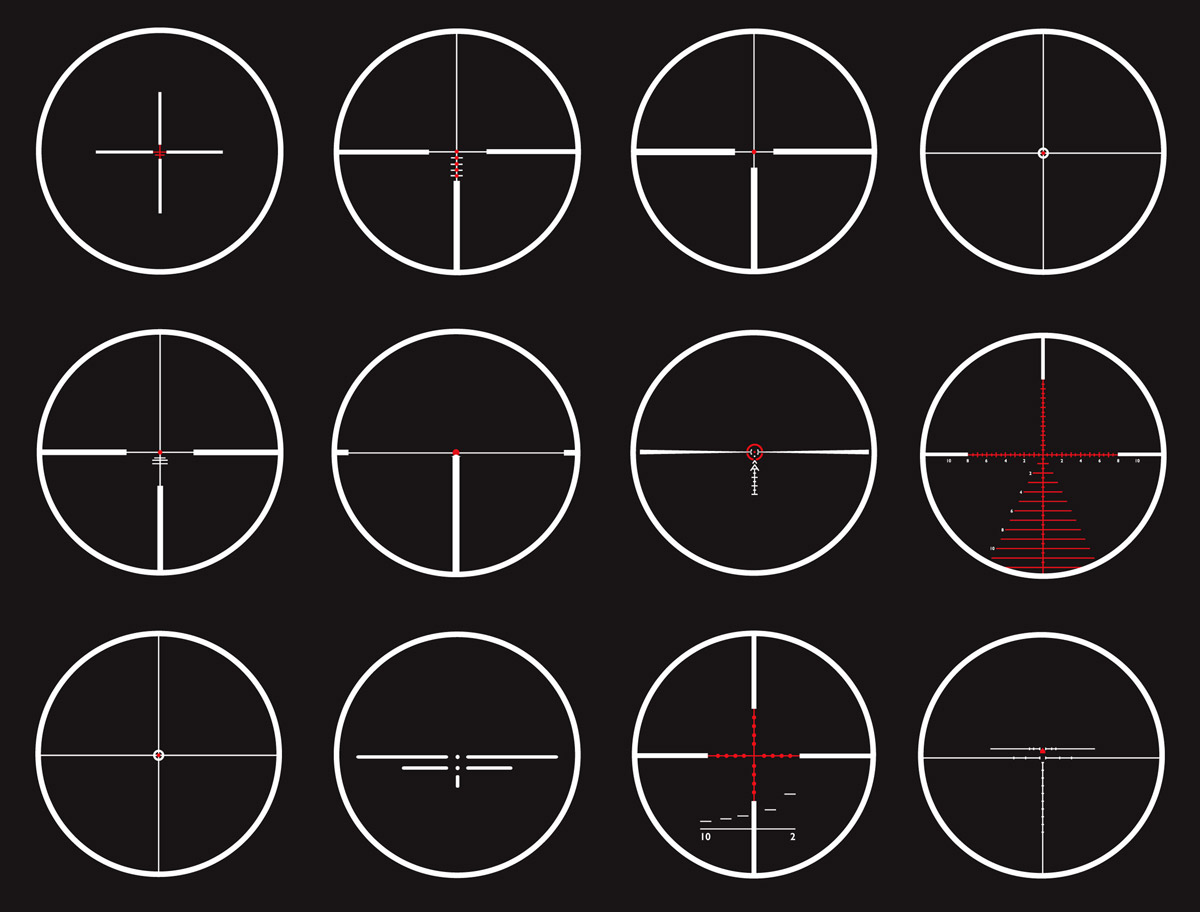Spiders, Stars, and Death
Sighting through the crosshairs
D. Graham Burnett

In the autumn of 2016, Colin Kaepernick, the African-American quarterback of the San Francisco–based American football team known as the “49ers,” initiated a quiet protest in response to a series of well-publicized police shootings of black men under questionable circumstances: he ceased to stand for the singing of the national anthem. By early October, his gesture had drawn considerable attention, spawned emulation, and attracted virulent hostility. Perhaps the most notorious instance of the latter? The sale of T-shirts featuring his image under the superimposed conventional iconography of impending death: the plus-sign-within-a-ring figure knows as “crosshairs.”

It will be worth taking a moment to recover a genealogy for this potent symbol—the universal modern index of imminent violent killing.
• • •
One morning in the late 1630s, in Yorkshire, not far from the town of Leeds, a gentleman by the name of William Gascoigne (he was then twenty-eight or so) rose and returned to his avocation: tinkering with one of the very new “viewing tubes” that had become the rage among learned persons across Europe and beyond in the wake of celebrated publications by Galileo and Descartes. Gascoigne enjoyed the company of a circle of provincial virtuosi in the Midlands, and he was justifiably proud of his success in securing and configuring the lenses necessary to make a reasonably powerful telescope, one that made use of the design advocated by Johannes Kepler—two biconvex lenses mounted in a cylinder of brass (or sometimes lacquered leather). Gascoigne’s tube was not, however, hermetically sealed. For on this particular day, turning to his observations, he was startled to discern, in the visual field of his instrument, clearly delineated upon whatever he viewed, a thread-like filament. Further investigation revealed that a spider had, overnight, insinuated itself into his optical device, and had begun to spin a web therein. As fate would have it, the creature had undertaken this fruitless endeavor in the precise focal plane of the objective lens—producing an uncanny effect: a clear, distinct, and ultrafine line that seemed to hover over whatever Gascoigne observed though his telescope. He wrote of the discovery to his friend, the mathematician William Oughtred, declaring it a providential gift from the “All Disposer” Himself.
Why? Because that serendipitous bit of silk immediately suggested a technique for introducing index lines into telescopic (and microscopic) instruments—lines that could be used to make metrical observations newly precise. Following the spider’s principle, Gascoigne soon configured the world’s first “micrometer,” in effect a tiny ruler within the viewing tube, suitable for taking the measure of celestial bodies.